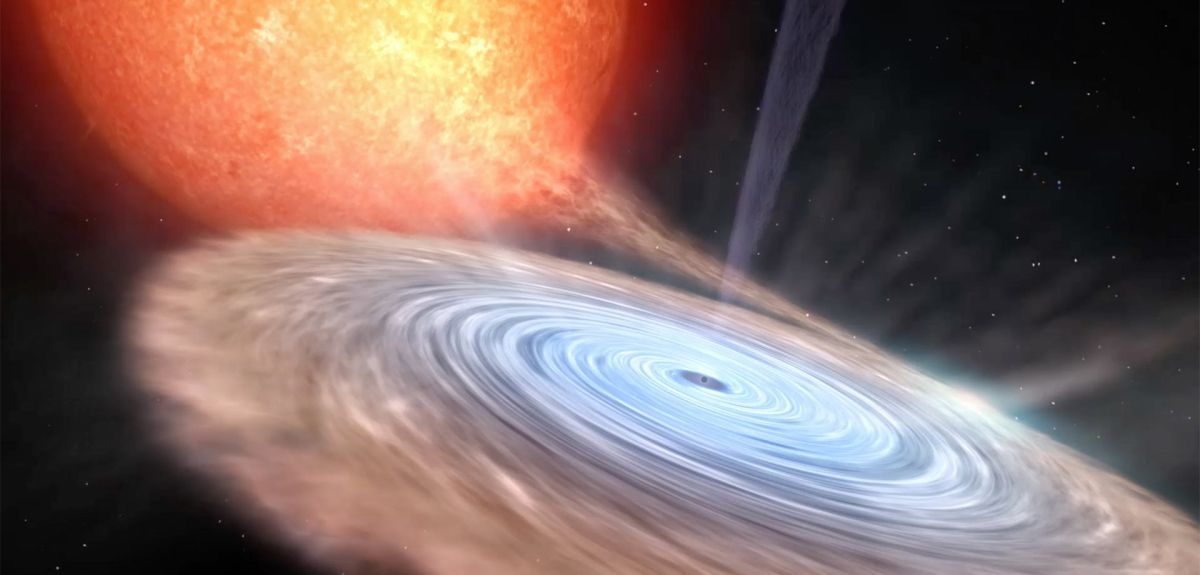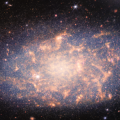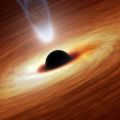
Major collaboration reveals new insights on binary star systems
Researchers from the University of Oxford have contributed to a major international study which has captured a rare and fascinating space phenomenon. The study has been published in Nature.
 The Karl G. Jansky Very Large Array radio telescope consists of 27 giant telescope dishes (each 25 meters in diameter) in New Mexico. Image credit: Shutterstock.
The Karl G. Jansky Very Large Array radio telescope consists of 27 giant telescope dishes (each 25 meters in diameter) in New Mexico. Image credit: Shutterstock.According to theoretical calculations, these rotating discs should show a dynamic instability: about once an hour, the inner parts of the disc rapidly fall onto the black hole/neutron star, after which these inner regions re-fill and the process repeats. Up to now, this violent and extreme process had only been directly observed once, in a black hole binary system. For the first time, it has now been seen in a neutron star binary system, called Swift J1858.6-0814. This discovery demonstrates that this instability is a general property of these discs (and not caused by the presence of a black hole).
 Dr Jakob van den Eijnden. Image credit: St Hilda’s College, University of Oxford.
Dr Jakob van den Eijnden. Image credit: St Hilda’s College, University of Oxford.Dr Jakob van den Eijnden, from the University of Oxford’s Department of Physics, lead the analysis of the data from the Karl G. Jansky Very Large Array. He said: ‘Our observations of the radio wavelength data highlighted an important property of these instabilities. We found that when the whirlpool empties, some of the gas is shot into space in so-called "radio jets": narrow beams of gas shot out at speeds close to the speed of light.'
I think that the international collaboration and involvement of many early-career researchers is one of the most exciting aspects of this work. We analysed a truly unique dataset, that was extremely challenging to collect, because the gas capturing process is ‘transient’: it takes place for only a couple of months, unpredictably, before shutting off again.
Dr Jakob van den Eijnden, Department of Physics, University of Oxford
The brightness of these jets is observed to be variable, which is now explained by blobs of jet material being launched at these extreme speeds whenever the disc starts or finishes emptying out (causing peaks in brightness). When the disc stabilises, the jets cease and the brightness reduces. Drawing this conclusion was only possible by comparing the variability observed with telescopes across the electromagnetic spectrum — from radio to X-ray wavelengths — which simultaneously probes the behaviour of the disc and the jet.
Dr van den Eijnden added: ‘This discovery, only the second example of these instabilities, also highlights the rarity of this behaviour. Therefore, finding more examples across different types of binary systems is a first priority. Due to the transient nature of this process, it is unpredictable when we will get another chance. By then, we will need to be prepared to repeat our international observing efforts.’
The study ‘A shared accretion instability for black holes and neutron stars’ has been published in Nature.
 Early support for children living in marginalised communities can improve developmental outcomes
Early support for children living in marginalised communities can improve developmental outcomes
 Researchers develop new method to identify fake Covid-19 vaccines
Researchers develop new method to identify fake Covid-19 vaccines
 IKEA Foundation pledges £2 million to Oxford initiative championing refugee leadership
IKEA Foundation pledges £2 million to Oxford initiative championing refugee leadership
 Oxford comes first in Medicine and Computer Science rankings
Oxford comes first in Medicine and Computer Science rankings
 Oxford shares ambitious plans to support transformative social and economic change locally
Oxford shares ambitious plans to support transformative social and economic change locally
 James Webb Space Telescope reveals new surprises on galaxy organic molecules near black holes
James Webb Space Telescope reveals new surprises on galaxy organic molecules near black holes
 Black hole trio hope for gravity wave hunt
Black hole trio hope for gravity wave hunt